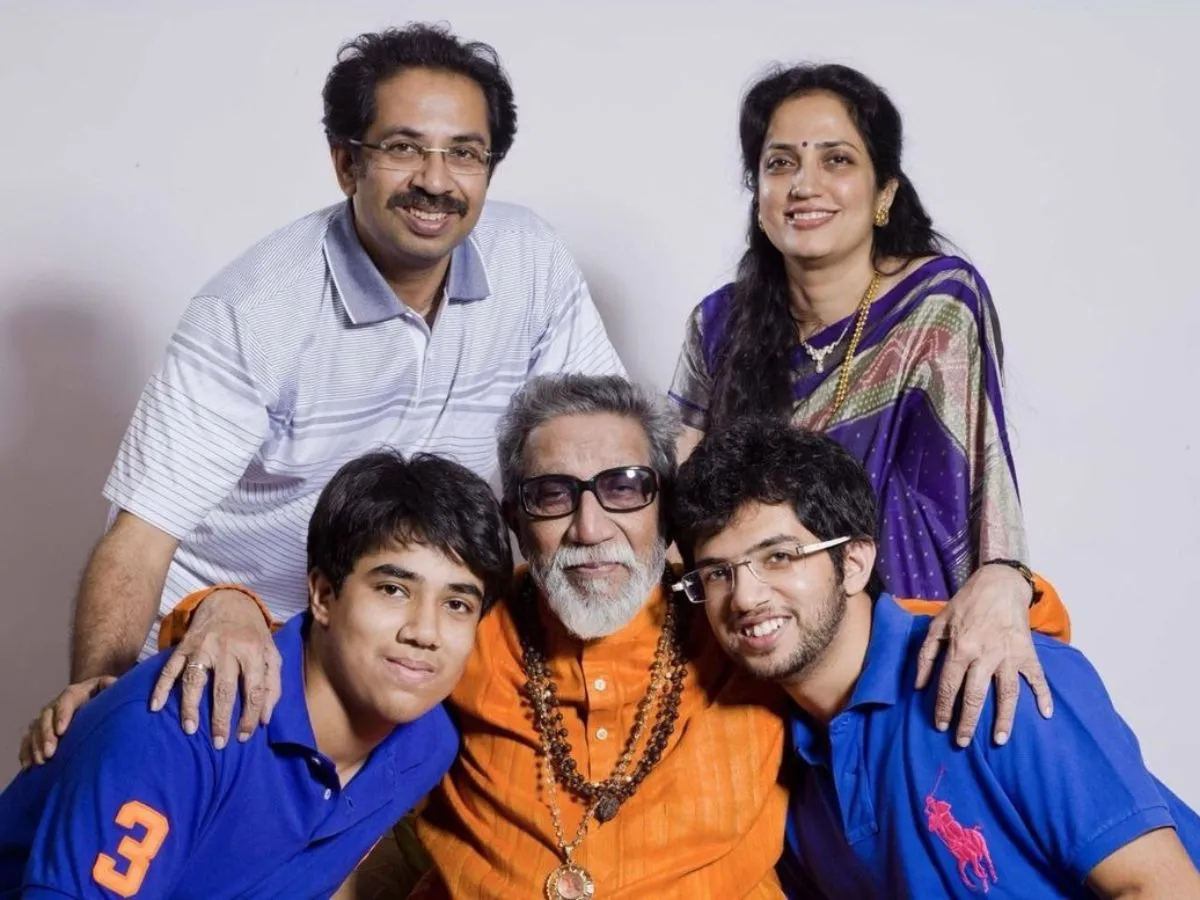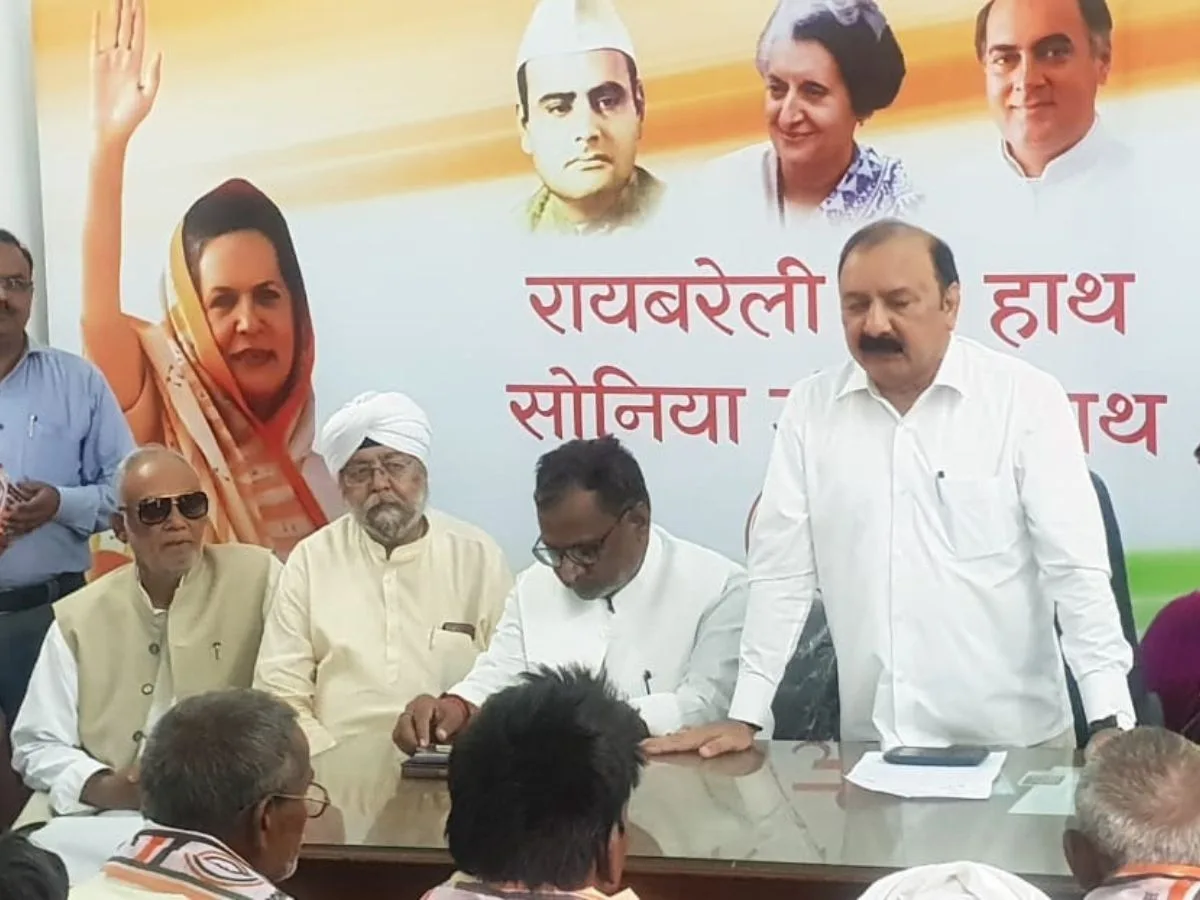Read in : தமிழ்
While COVID-19 virtually shut down bus systems around the world, Chennai started losing its appetite for bus travel even earlier. The share of bus trips in total travel had started dropping before the pandemic, with a marked shift to two-wheelers. The pandemic made things worse. Bus services were off for 8 days in 2019-2020, 141 days in 2020-2021 and 42 – 56 days in 2021-2022.
Now, shooting fuel prices and a waning fear of the virus present an opportunity to win back passengers to buses, which can save them petrol money and fund purchase of other goods and services. But it needs a new vision for urban travel, not one that is rooted in the 1970s.
One change has seen a big positive outcome. Women in Tamil Nadu’s towns are already experiencing the benefits of free travel – there’s extra money to spend on other essentials, particularly food. The State government’s policy note on transport for 2021-22 says “1,463.15 lakh women have travelled from 12.07.2021 to 26.08.2021, which constitutes about 60.70% of the total passengers travelling in ordinary fare town buses.”
The present argument, however, is not for universal free bus travel in Chennai, Coimbatore, Tiruchi, Madurai and so on, but to upgrade a good system for today’s needs. In November 2021, as the Delta variant waned and Omicron was yet to explode, Chief Minister M.K. Stalin flagged off 12 small buses of Chennai Metropolitan Transport Corporation (MTC) to connect Metro stations Alandur and Thiruvottiyur with interior areas. With Omicron on the wane and public activity curbs lifted, MTC is talking of running 40 services from Metro stations to interior neighbourhoods.
These are positive signs. In its annual report last year, the State government said out of 210 small buses that MTC possessed, only 66 were operational. “the remaining 144 buses are off the road due to low patronage resulting in heavy losses,” it said.
Women in Tamil Nadu’s towns are already experiencing the benefits of free travel – there’s extra money to spend on other essentials, particularly food.
This is something that should worry Finance Minister Palanivel Thiaga Rajan, who is trying to squeeze maximum productivity and economic efficiency out of government assets. Obviously, the peak COVID concern to keep State Transport Undertakings viable and reform them afterwards has weakened. There are some hard questions for Thiaga Rajan and his counterpart in the Transport Department, R.S. Rajakannappan to consider.
- What happened to the Smart City initiative to provide passengers with live information on buses in operation? This would lead to better utilisation of existing buses on the road, and planning of journeys. The live location plan is desperately needed. This year’s Budget allocated Rs. 1,875 crore for smart cities. The International Association of Public Transport (UITP) has stressed greater digitalisation as a way of winning back passengers post-COVID.
- How can the DMK government’s original scheme for operation of small buses, dating back to its 1996-2001 tenure (the Modified Area Scheme for rural areas was issued in 1999 and updated subsequently) be revamped for today? How can it be reimagined for the present and future, to connect fast-growing suburbs in Chennai, Chengalpattu, Kancheepuram and Thiruvallur districts, besides emerging cities like Coimbatore and Tiruchi?
MTC often pulls out Chennai bus routes before they can get established, citing “heavy losses,” although this represents failure on two counts: failure to cross-subsidise low earning routes which are essential as part of its public service obligation, and lack of innovation. Revenues from other localities, such as densely populated areas and new developments approved by CMDA lie untapped. Lack of passenger information systems is a big barrier to efficient use of existing services. Can we get that going in 2022?
Thiaga Rajan, who is keen to integrate various arms of government to get more bang for the buck, could get MTC to make a full demand assessment for travel using mobile phone apps, physical surveys and public interactions. Clearly, MTC functions in a silo, and has not really assessed what the public wants. It has to be more transparent.
The Finance Minister also has to consider how to streamline the very useful “share auto” services that have eaten into MTC revenues in Chennai, and continue to do so in the lucrative shopping districts of T. Nagar, Mylapore, Anna Nagar besides Porur. They pack their 7 seaters with 10 people, sometimes even 14 at night, operating from Chennai Central.
Share autos are successful because they are frequent – no waiting – while the passenger has no information on the next bus on a given route. Everyone except MTC seems to be using the power of GPS. Informal share autos, which operate like buses and are in a legal grey zone, can be regulated and taxed to provide revenues for the city’s organised bus service.
Small and new
It is time for a new vision for small buses that will run through residential localities all across urban Tamil Nadu, more so Chennai. They need to be frequent and findable. Make them modern and accessible to all, young, old and the disabled. They could be run by MTC without difficulty, if the management approach is modern and the bus fleet is safe and comfortable.
Everyone except MTC seems to be using the power of GPS. Informal share autos, which operate like buses and are in a legal grey zone, can be regulated and taxed to provide revenues for the city’s organised bus service.
Thiaga Rajan has a variety of options to raise funds in urban Tamil Nadu, and people will pay reasonable fares for good service. Profession tax collected by civic bodies can include a component for transport, so can private vehicle parking charges, property registration fees, betterment levies on builders, property tax, fuel imposts and vehicle registration fees. There are urban development funds from various other governmental sources, including the Union government. MTC has for too long not used its assets including depots optimally. Think office complexes rented out where land is surplus.
As an earlier Inmathi article argued, making cities like Chennai walkable by adopting simple pedestrianisation, removal of obstructions and increasing safety would work in tandem with improvements to bus and train systems, saving people money as fuel prices soar. Even with more electric two-wheelers and cars being sold, this would work very well for a “green” city.
The DMK has a record of improving bus operations through expansion and regulatory measures. It has four years to build on that for a fresh wave of urban growth before going to the people again.
Read in : தமிழ்











